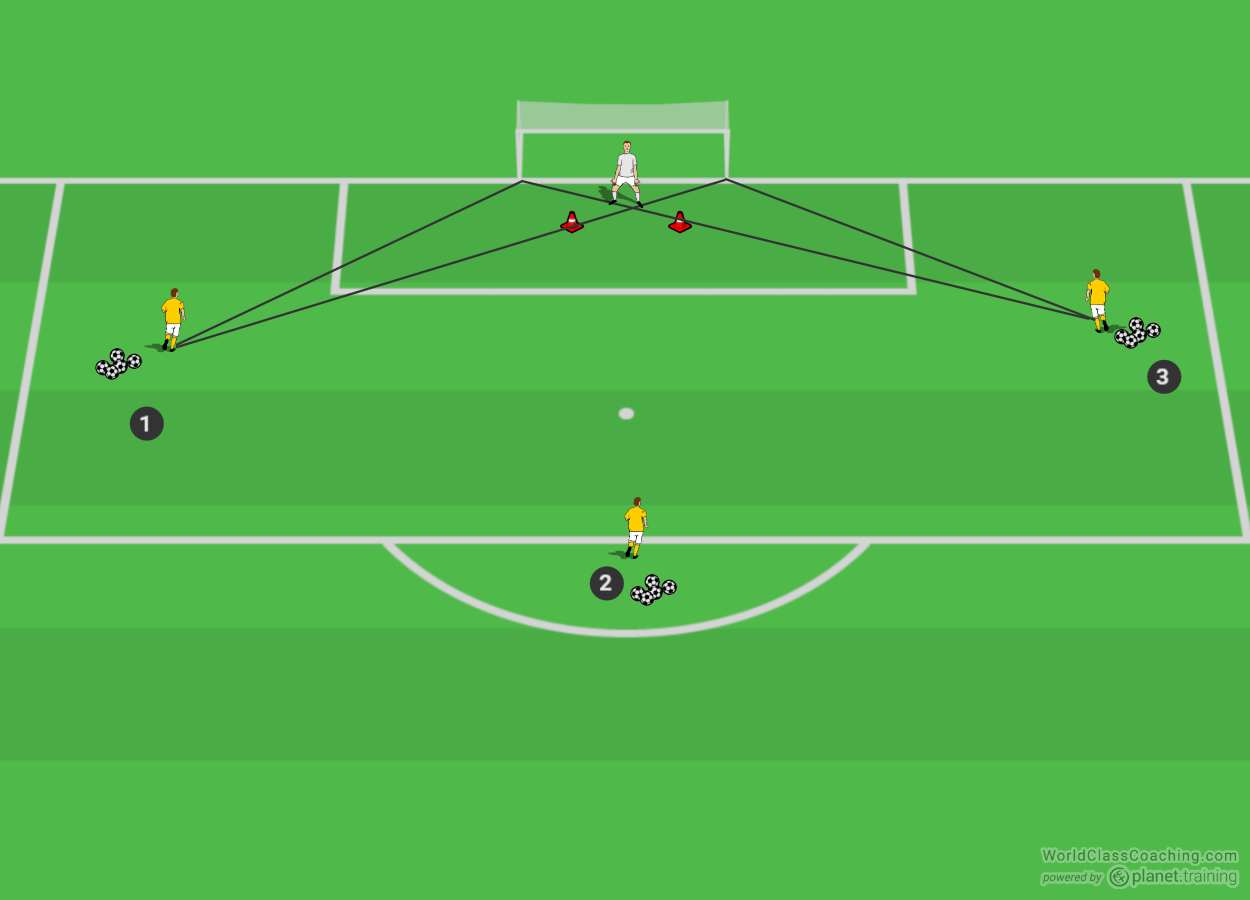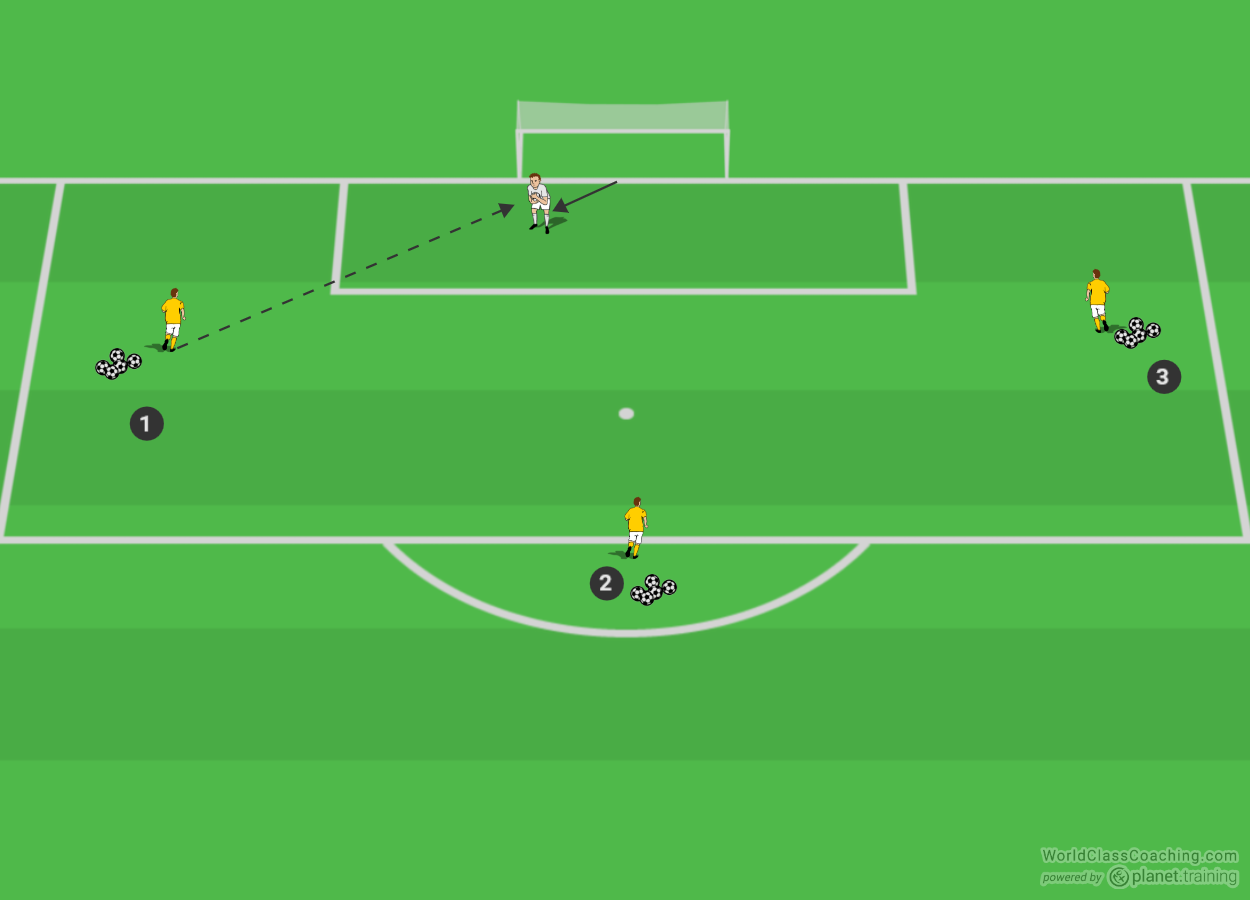By Wayne Henderson -
How many times have you watched a game and the striker has hit a wonderful shot on target, only to see the goalkeeper make, what looks like a relatively routine or unspectacular save ?
Or equally, we can all recall a goalkeeper scrambling across his/her goalmouth to struggle with an innocuous shot.
Chances are the element that is paramount in these situations, or to start off with at least, is one of the most under rated aspects of the goalkeeper’s armoury.
POSITIONING - The art of being in the correct position within your goalmouth to make it as difficult as possible for the opposition to score. This sounds simple, but it takes a lot of work on the training ground to perfect.
I agree there is much more to being a good ‘keeper than positioning, but I think it is a big part of being a top class goalkeeper.
There are 2 aspects of good positioning
Getting into line – Is being equal distances from each post. In other words, being in the centre of your goal
Getting down the line of the ball – Is not being too far away or too close from your goal line. Being too close to your line leaves more of the goal to cover and being too far off your line gives the goalkeeper a shorter reaction time and is more vulnerable to being lobbed.
When coaching younger goalkeepers it is vital that they understand where they should be, and why they should be there. This may take a bit of time, but it is important that the coach isn’t telling the keeper where to be without explanation or reason. The coach can try asking the goalkeepers questions like
“What are the benefits of this position?”
Why do you think this is a good position to be in?”
It is important that the set up of the drill is correct, The positioning of the cones are vital, they should be in line with each post, showing the entire area the ‘keeper is looking to cover. From the centre shot (striker no.2) the cones should cover most of the goal, only leaving a small area just inside each post.
If the goalkeeper gets his/her positioning correct (i.e. in the middle of the new smaller goal) it cuts down the area they have to cover greatly. If the shot is from the angle, good positioning can reduce the distance the goalkeeper has to cover from a full goal of 8 yards to an area of between 4 – 5 yards. As shown.

The drill consists of the goalkeeper always starting in the centre of the goal, on the Goal line. The coach numbers the feeders as shown. On command the keeper moves forward into position and receives a shot from the first feeder. After the save has been made the keeper returns to the starting position and repeats this with every feeder.
The coach can use various types of strikes to test the goalkeepers.
Once the goalkeepers are comfortable with the drill and are adopting good positioning the cones can be taken away, this makes the drill more game realistic and will test the positioning of your goalkeepers.
As shown.


